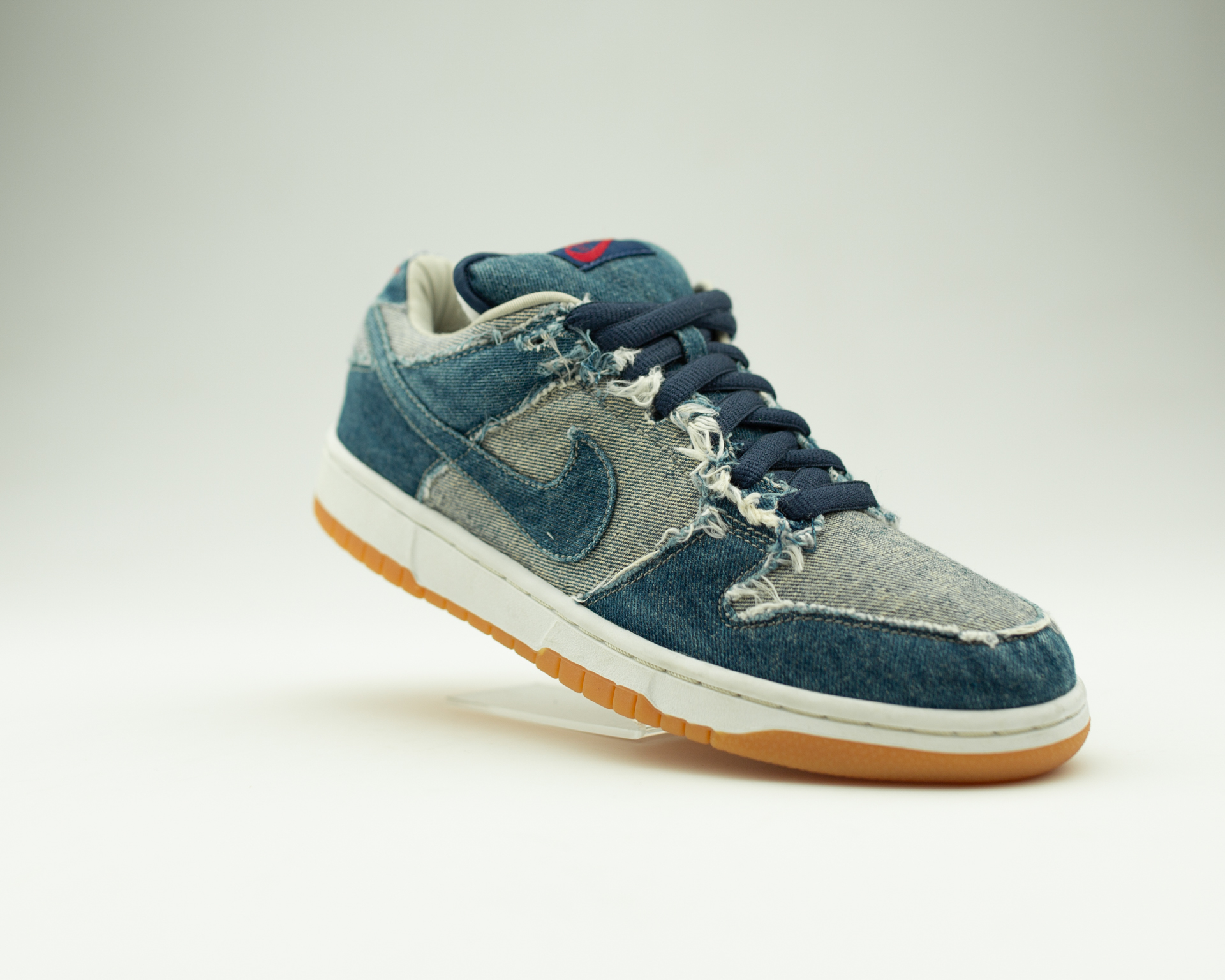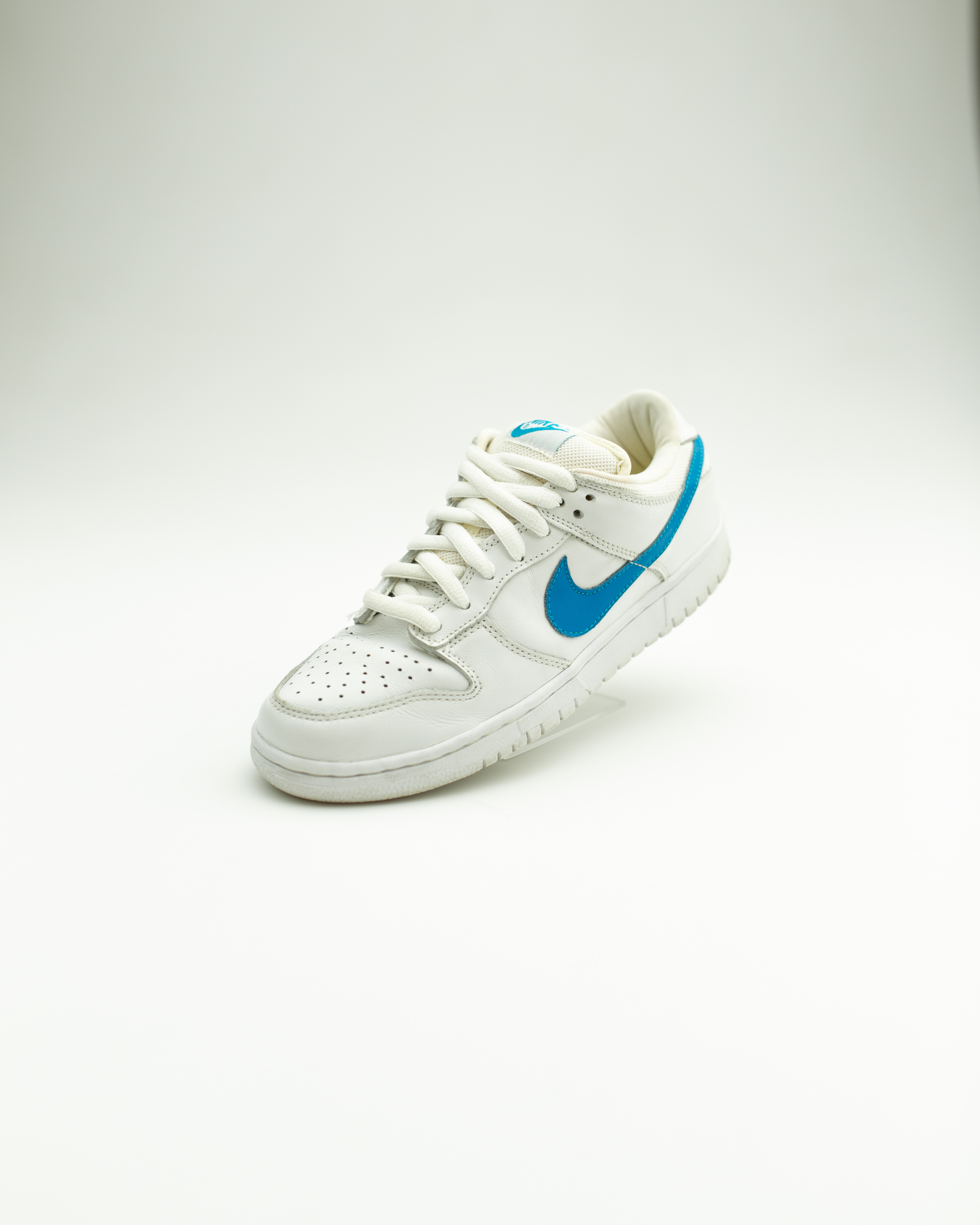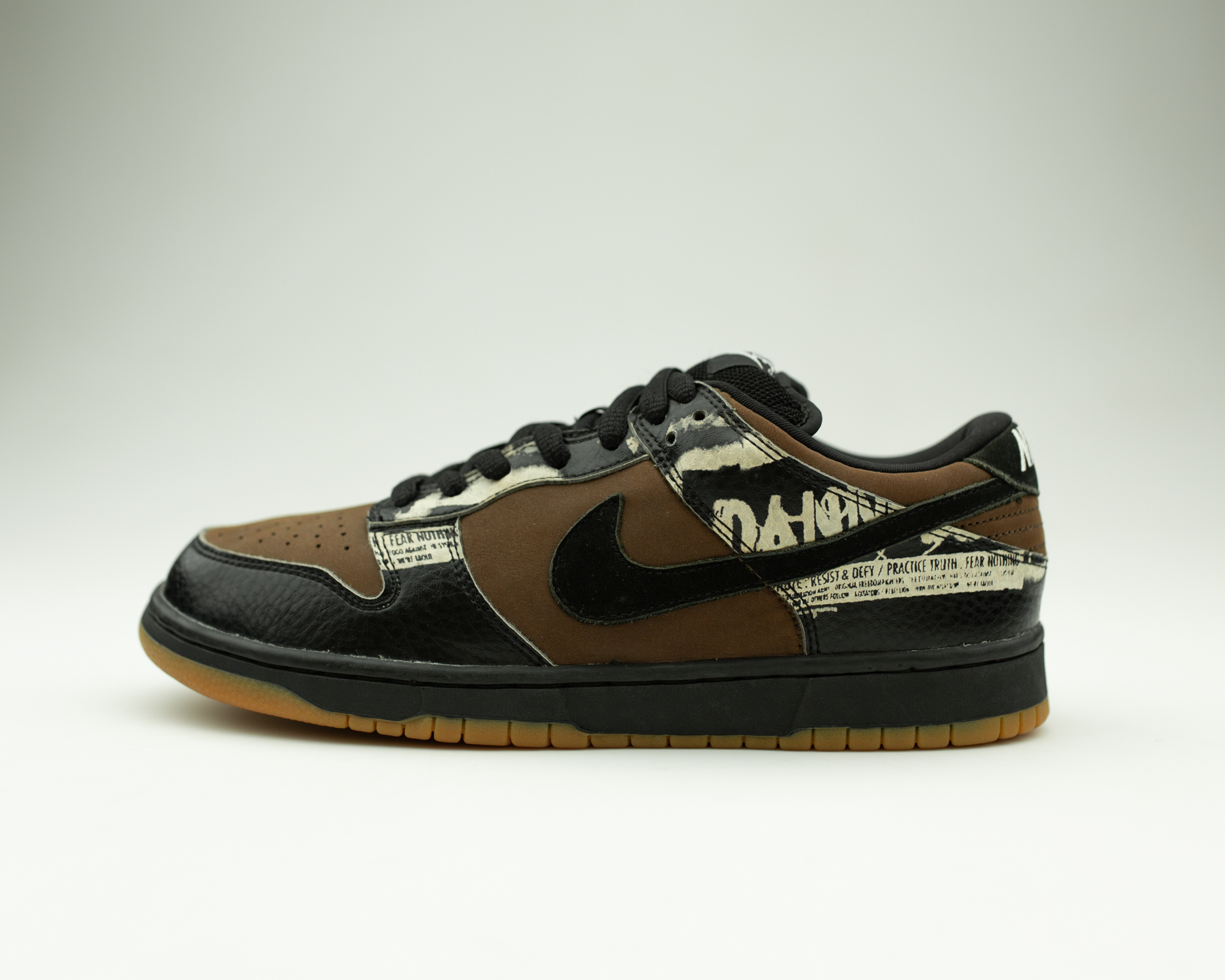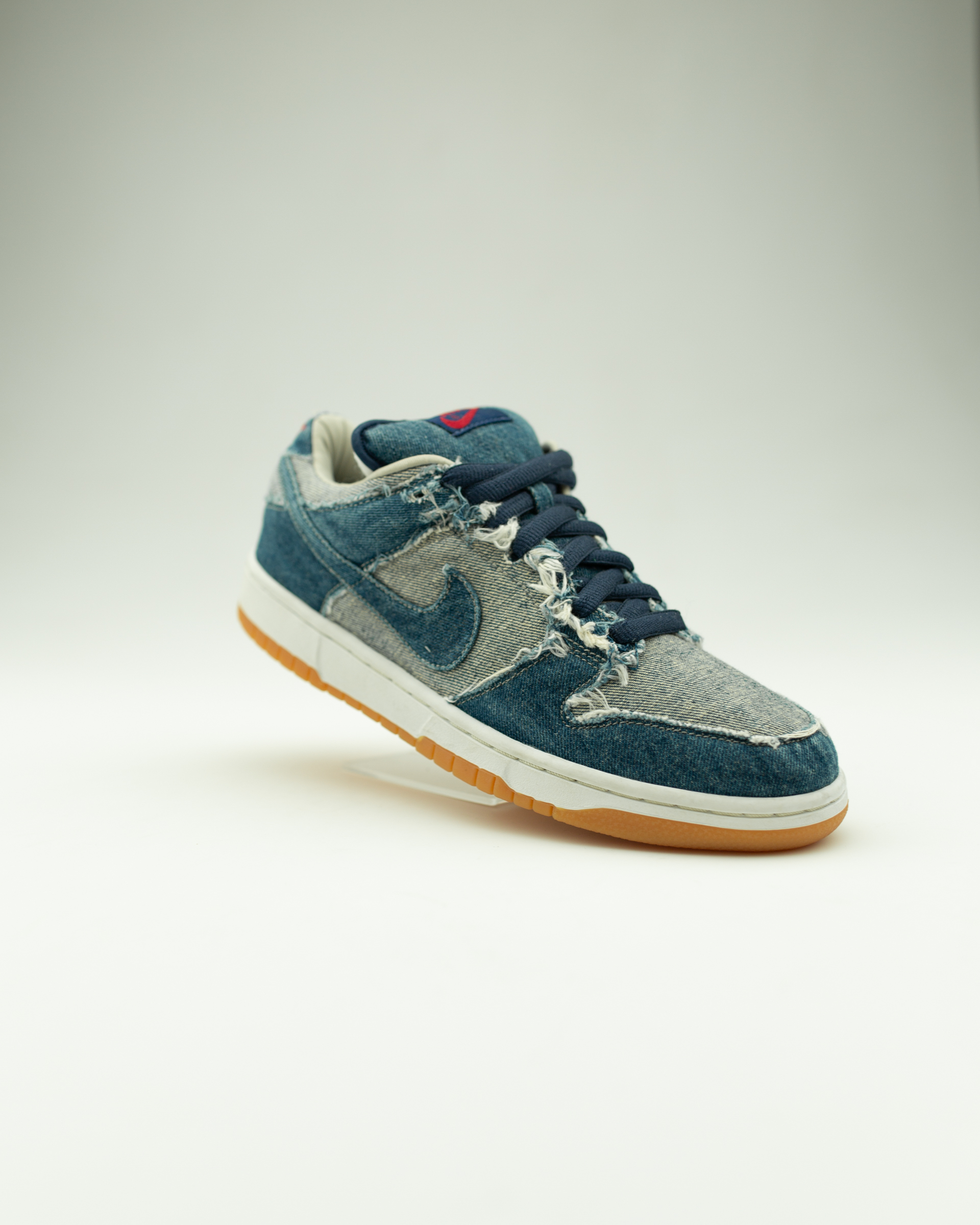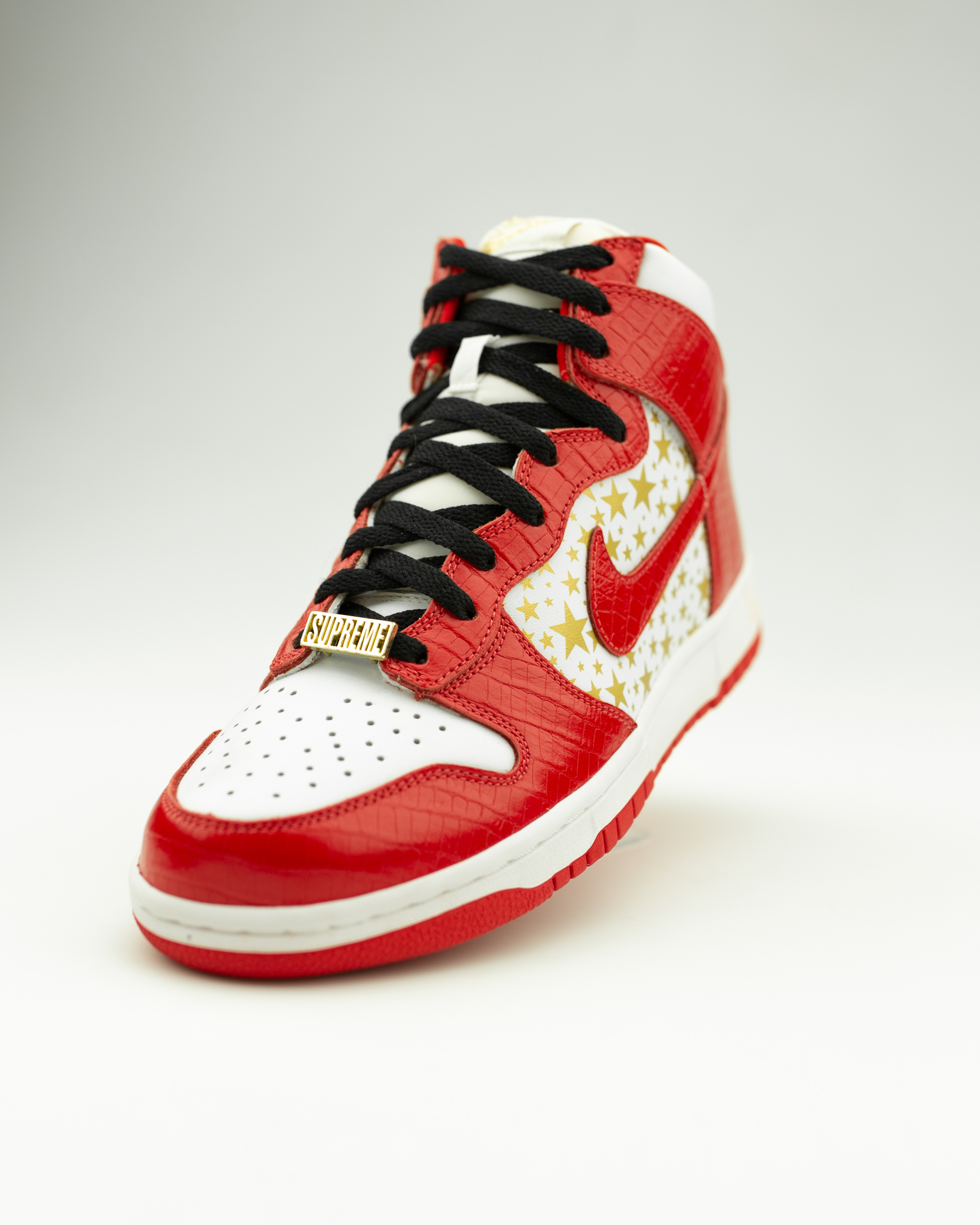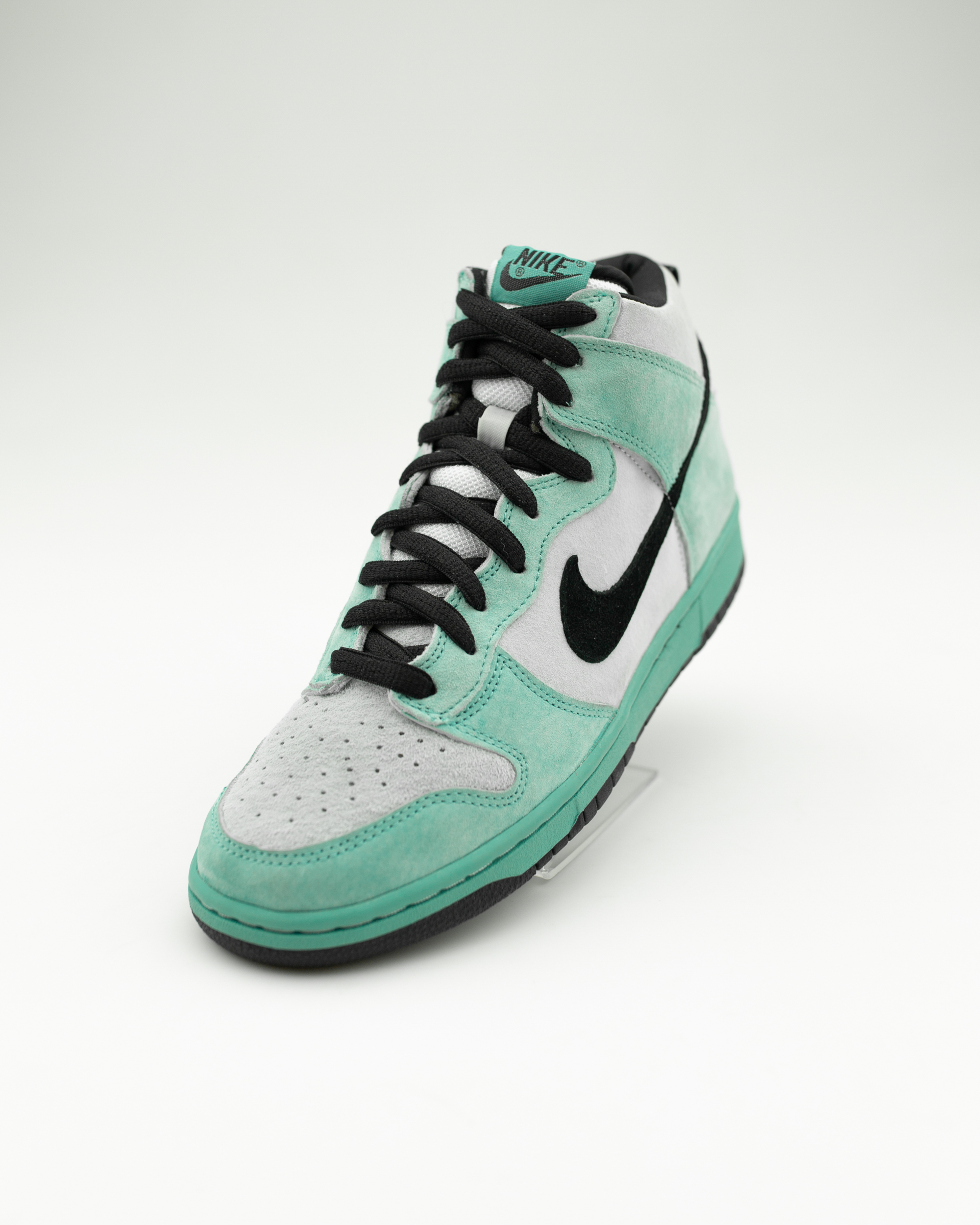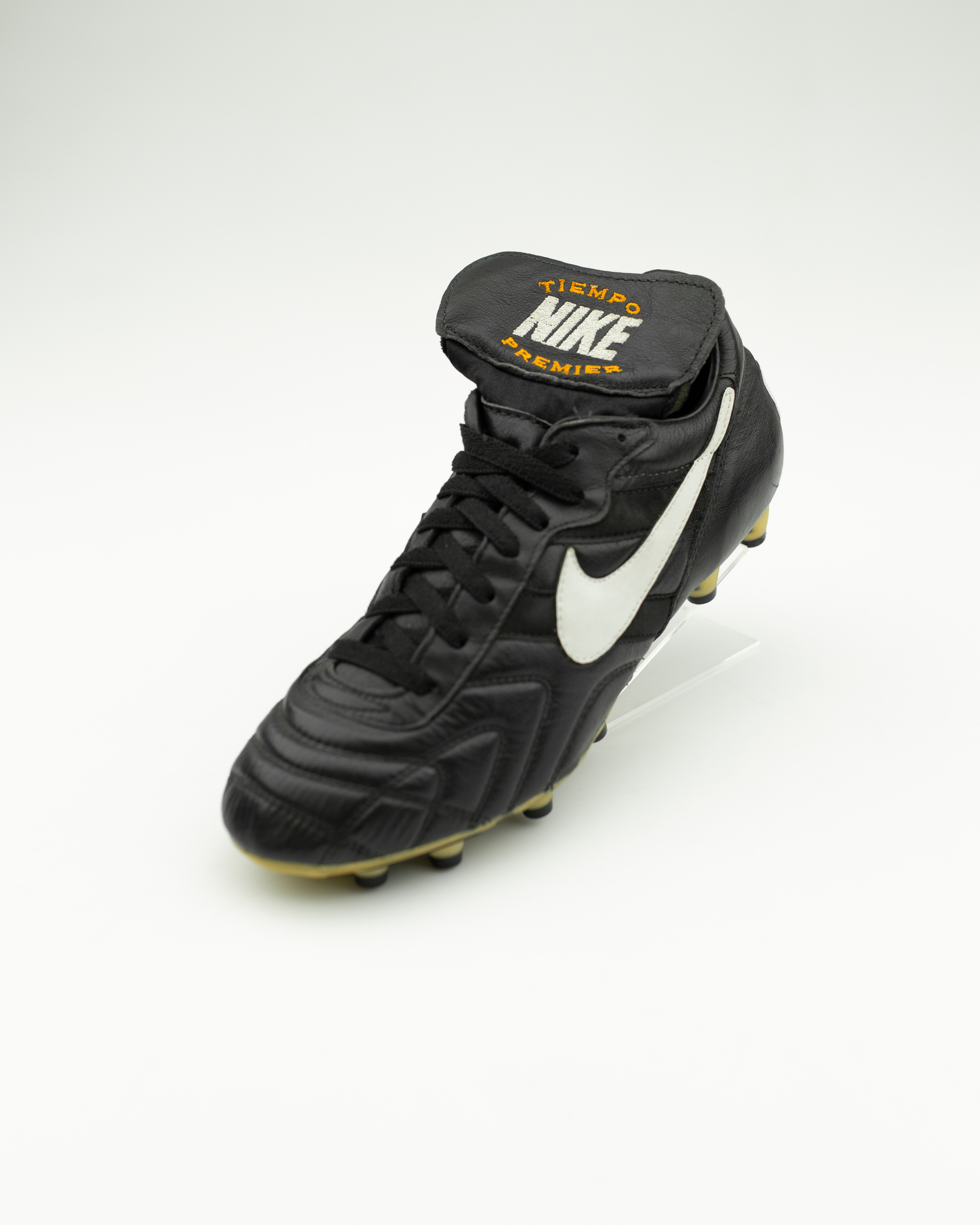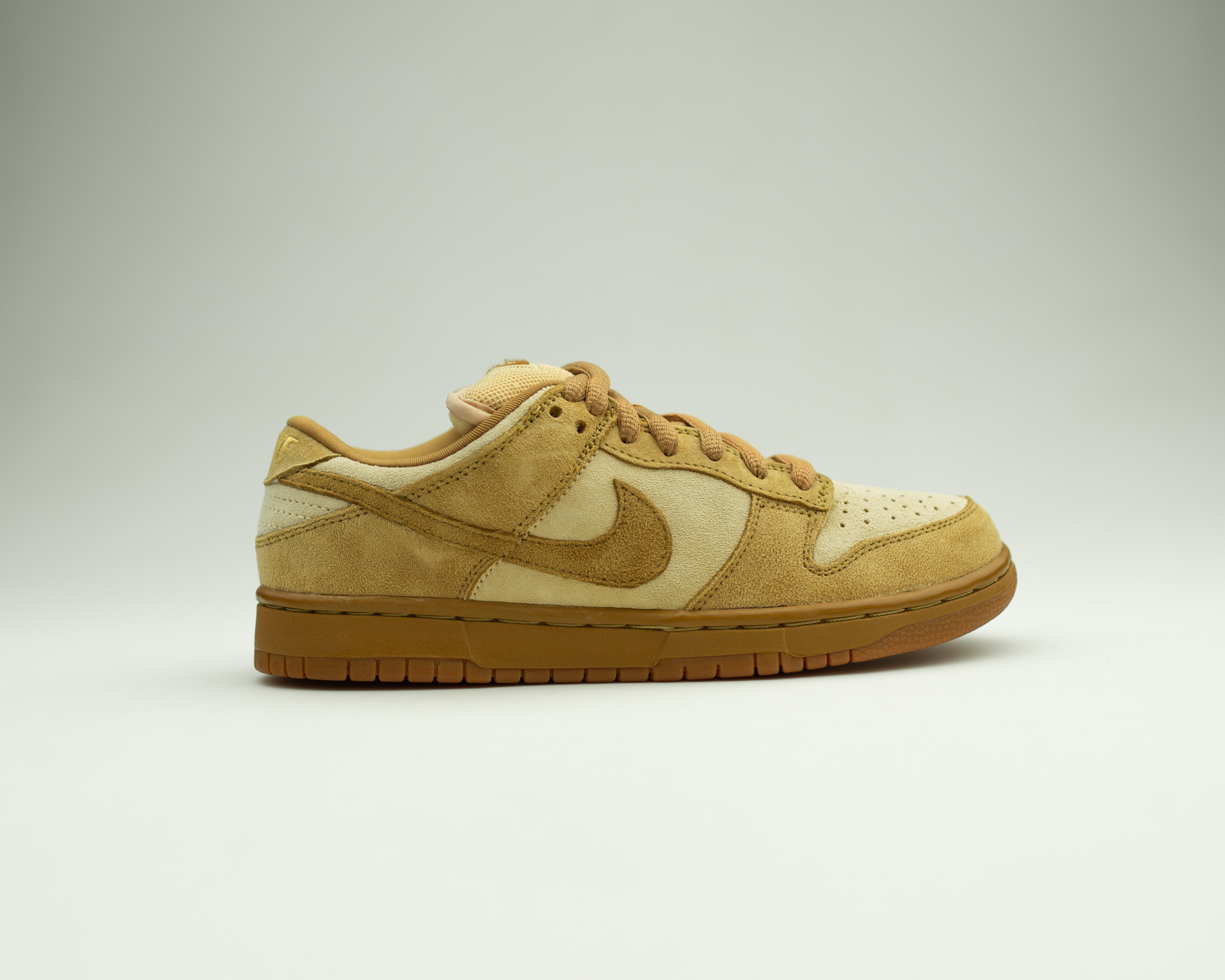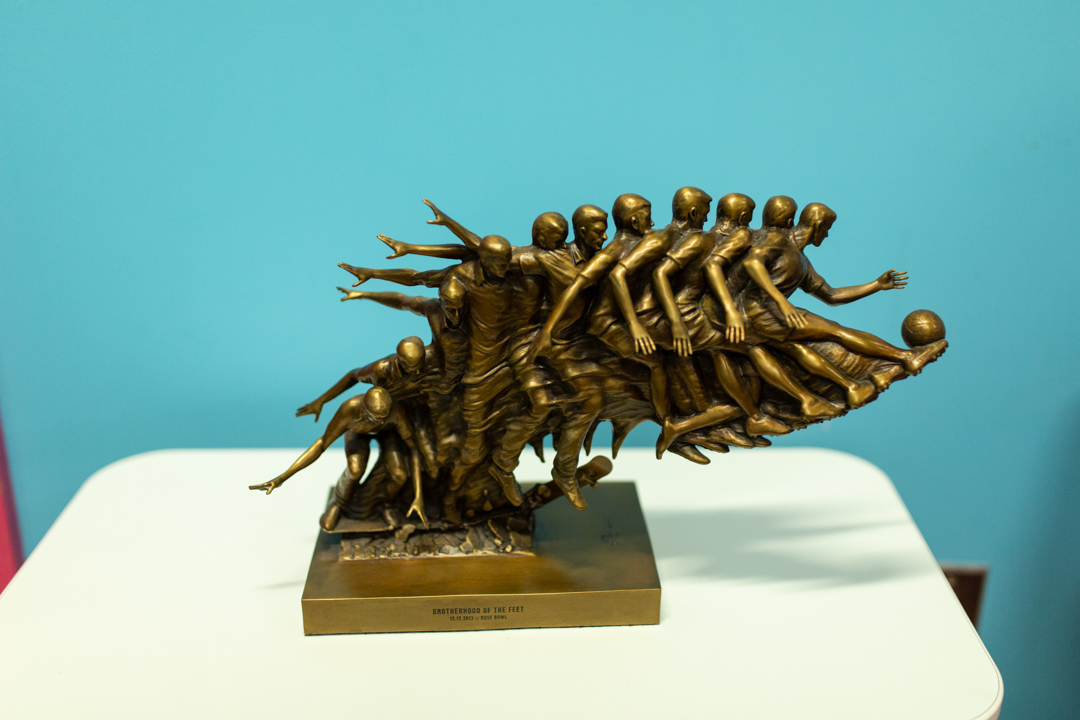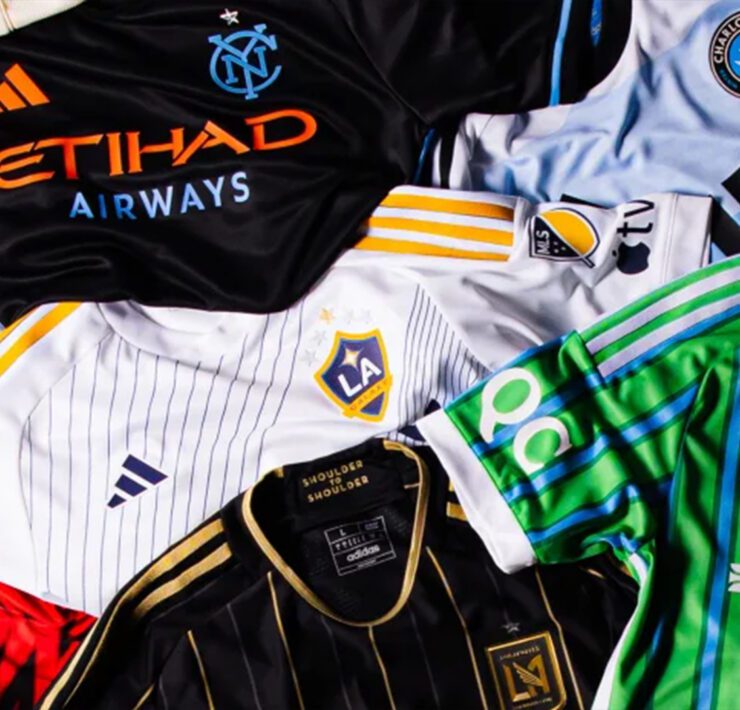BROTHERHOOD OF THE FEET: SANDY BODECKER
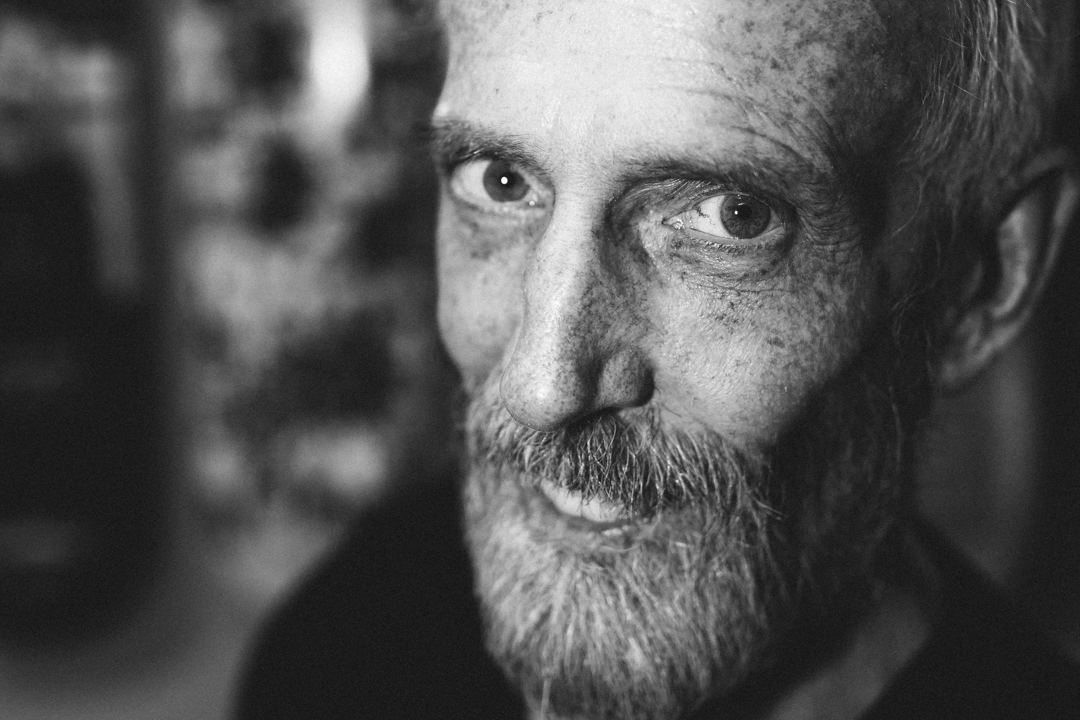
There is perhaps no one man greater at understanding the passion and intricacies of both soccer and skateboarding culture and their impact on the masses than Sandy Bodecker. When we started this feature, Bodecker was alive. You can imagine our shock when we learned–in the middle of writing this piece–that the legend passed away on October 2nd, 2018 from a battle against throat cancer. Not only does this affect the tone of the piece, inevitably turning it into a homage to his legacy, but more importantly it affects the world of both soccer and skateboarding as a whole.
For those unfamiliar with the Nike veteran, Bodecker was the architect responsible for instigating both the Nike Football and Nike Skateboarding divisions. Through his own passion and deep-rooted understanding of just how important these two sports are within their respective worlds, Bodecker put it best, “if Nike was going to truly be a global sports brand then we had to be great at soccer…It was sort of a cultural imperative.” Knowing his impact on both these worlds, because let’s be honest, Nike dominates when it comes to sports–yes even skateboarding ripe with vital-to-the-culture DIY brands–it becomes our duty to share our interview with the man conducted only weeks prior to his passing.
Going through his answers, it becomes blatantly apparent that Bodecker was the perfect vessel for channeling the importance of spreading both soccer and skateboarding culture to an audience the size of Nike’s. While it is safe to say that both sports ran strong the world over prior to Nike’s involvement, it is equally as notable just how much the brand has influenced and educated the general public since. And while this intro now seems to sound a little like its sponsored by Nike, I’m only emphasizing the scale of Nike’s influence on the two sports to help emphasize just how important Sandy Bodecker was as the man behind the scenes.
But before we delve into what made Bodecker so integral to soccer and skateboarding, it’s worth looking at how he got there. Bodecker’s last position at Nike was its VP of Special Projects, his first was footwear test coordinator when he joined the then running orientated brand back in 1982. Since then, Bodecker has held titles such as VP of Sports Culture, VP of Design, VP of Action Sports and more. Having moved internally throughout the company, Bodecker was able to fully understand, perhaps more than most, what Nike’s ethos stood for. While it’s easier to bring that ethos to the masses, the challenge is bringing what the masses has to say back to the brand. Bodecker was an expert at this. “Sandy aimed to visit a series of local skateshops to listen, learn and hopefully get a chance to inspire the skate industry with a newly reinvented Nike SB Dunk,” Nike states in an article on Nike News last year.
This is what made Bodecker so important to not just Nike, but to the people who followed and appreciated what Nike offered. You’ll be hard pressed to find a true SB Dunk head who doesn’t at least recognize his name. “With its focus on artistic individuality, creative collaboration, and epic limited edition product drops, Nike SB ruled and defined the sneaker game for close to a decade. None of it would have been possible without Sandy’s genuine passion and appreciation for both skateboarding and what would later become known as sneaker culture,” writes Woody from Sneaker Freaker mag in his own homage article.
And then there’s Nike Football, a now world-leading sponsor for the sport with many of its top players under its roster, and a major part of what soccer is within America, with Nike being the sponsor for half of the MLS in its inception. Soccer has been a part of Bodeckers life since even before his formative years, having “played soccer since I was old enough to walk,” he tells us. Bodecker saw just how important soccer was to the world, and if Nike wanted to be the biggest sports brand in the world, it had to get involved with soccer. Bodecker made that happen, and we thank him everyday for it. But not only is he passionate about soccer and skateboarding and having the rare ability to professionally connect the dots within their culture, he’s also a comedable human being. When asked what he would like to see more of in soccer culture, his answer couldn’t have been more dignified, “it would be to become a loud voice of positive social change, whether that’s to fight racism, poverty, classism, environmental challenges.”
With the below interview being perhaps one of his last, we urge you to read through what Sandy Bodecker has to say about the current state of soccer and skateboarding, his thoughts on where both worlds are heading towards, how his time at Nike really looked like, and much more. In addition to our exclusive interview, we also had the privilege of documenting Sandy’s own archive of footwear which you can enjoy below. Sandy, here’s to you, and may you Rest in Power.
Having been with Nike for so many years, you must have seen a lot of development within the brand outside of just running. Talking specifically about soccer, how would you word Nike’s approach towards the beautiful game? What is its ethos behind soccer?
I think the first word I would choose is “committed”… in the same way that we have been committed to running and the entire running community, we do the same with soccer. It starts with being connected to and fully understanding the game at all levels, and continually exploring innovative ways to enable players and teams as the game continues to evolve. Having personally experienced the game on every continent with the exception of Antarctica, you see and feel the passion the world has for the game and we use that passion to help fuel our innovation.
You’ve been integral in pushing soccer culture within Nike. Why was/is this important to you?
I’ve played soccer since I was old enough to walk. My father was Danish and I had as much a European upbringing as American, and being from the east coast (NYC/New England) I played from middle school on in both organized as well as pick-up games. Being aware of the importance of this as the biggest global team sport, if Nike was going to truly be a global sports brand then we had to be great at soccer… It was sort of a cultural imperative.
What do you look to for inspiration when it comes to soccer at Nike?
The inspiration comes from the athletes, the teams, the coaches and of course the fans. They all provide many nuanced layers of inspiration for Nike and me personally. We value their insights to the game and how we can help them perform at the highest level and to meet or exceed their individual or collective potential.
Can you highlight some of the main challenges you’ve found within soccer culture from a global standpoint?
I don’t really view the cultural differences as challenges but more as opportunities to deepen and broaden our understanding and connection to the game. The rich and diverse cultural views and approaches are what make it the “Beautiful Game.”
Being a soccer-orientated media platform, we see a lot of marriage between soccer and other forms of creativity, be it art, music, other sports, etc. What’s been the most obvious marriage for you and why?
I think social media has provided a platform and given a shared voice to athletes and fans. Due to the global nature of the game and the size of the global fan base soccer stars have a bigger social media base than any other sport. This combined with much higher level of outside interests by many of the biggest players and the money they’re making, make it a natural melting pot of the different cultures of art, music, design, entertainment…it’s analogous to basketball in the US but on a global scale. If I had to pick one for soccer, I would pick music as that is the true universal language that has no boarders.
Seeing as we’re enjoying the World Cup right now, is there a country that you’re rooting for? (while we’re passed this period now, we decided to leave this in to keep the interview in its original form)
Well, with the US out, I’m “doubling up.” One side of me is barracking for Denmark (obvious reason) and the other side is for Australia, my adopted home. Not much chance here but I value loyalty.
While the future is hard to predict, where do you see the sport of soccer going in the far future in terms of product innovation?
Soccer like any sport has a unique set of demands and in general players want to do more with less, you couple that with how the game itself continues to evolve and future environmental factors, there are lots of areas to explore from an innovation standpoint. As technology and material science improve, these will also provide new paths to explore and apply.
What would you like to see more of within soccer culture?
If I had one thing I would personally love soccer culture do more of, it would be to become a loud voice of positive social change, whether that’s to fight racism, poverty, classism, environmental challenges…basically to rally globally and collectively to enable positive change.
What’s your personal favorite soccer shoe?
Ahhh this will show my age but I’m partial to the original Ronaldo Mercurial
Given your involvement and influence on Nike SB, what were your thoughts on the Skateboarding division before you got involved, and where did you want to take it to – and why?
There were certainly some parallels that I considered when I accepted the Nike SB challenge. The main ones were, in both cases we were outsiders looking in and neither the skate or the soccer community were asking or looking for us to join in. It was really the opposite to that. The second, what we needed to do to gain a foothold was not going to happen overnight and we needed to be willing to commit 100% over an extended period of time before we could judge if we were going to be successful or not. With SB we wanted to be considered over time as a real and committed part of the core skate community but do it in a way the was unapologetically Nike. Essentially we wanted and needed to earn the respect, not buy it, as many expected us to do.
There are a lot of connection between soccer and skateboarding in terms of their cultures, such as borrowing designs when it comes to fashion and shoes. Being involved in both, how would you describe the connection in your own words?
There are definitely parallels from a cultural perspective and you see that where ever you travel to. I think the connection to the art community is a little stronger in skate due to board and T-shirt graphics playing such an important role and probably is pretty equal when it comes to music. But it does depend on where you are in the world. As an example, if you go to Brasil the top 2 sports for boys are skate and soccer and the girls are catching up… the creative community in general is deeply immersed with both so there it’s pretty equal. While is the US, skate is definitively ahead on the creative connectivity due how the sports have developed. From a footwear perspective both sports have their sort “ah ha” moments that sort of launched them into the collab mode. For soccer it was the 98 World Cup and the original Ronaldo Mercurial in silver/blue/yellow. Prior to that it’s was primarily black/White and that opened the flood gates to where we’ve evolved to today. For skate it was the SB Dunk collab’s we did with our original skaters Gino, Reece, Richie and Danny, along with early work on the AF1 that helped launch what is now the sneaker collector culture. Today you see those connections evolve with collab’s like the Neymar/Jordan collab on and off pitch.
What are some of your favorite soccer silhouette’s that you’ve pulled inspiration from specifically for Nike SB?
The two that stand out are the early Tiempo indoor and the first Mercurial Flyknit Hi both were leveraged into skate shoes that core skaters would use every day. The Tiempo SB has had 3 different iterations over the years.
Where do you see the connection between soccer and skateboarding going in the future?
I think as the popularity of soccer grows in the US and skateboarding grows outside the US, you’ll see more and more connectivity both sports rely on and are built around what you can do with your feet, are very democratic in nature and physical size doesn’t become an inhibitor to achievement at the highest level. Also in many parts of the world where access and cost become factors, there is a broader level of access for more kids so again back to the democratic nature of both sports. With skateboarding becoming an Olympic sport and the continued excitement around big tournaments like the World Cup or Champions League the future is bright and exciting for both.
SANDY BODECKER’S FOOTWEAR ARCHIVE
